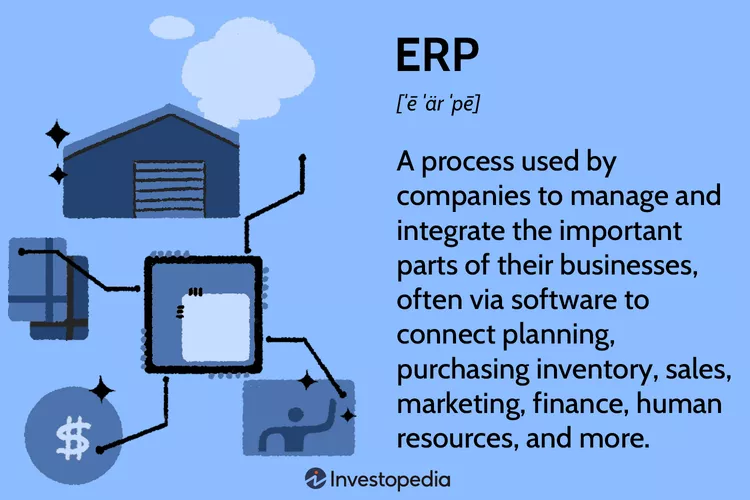Table of Contents
Real-Time Business Intelligence: Connecting Your ERP Data to Decision-Making
Connect ERP Data to Drive Real-Time Decisions.In today’s fast-paced business environment, agility is everything. Organizations that can swiftly adapt to change, pivot strategies, and act on opportunities have a significant competitive advantage. But to do that effectively, decision-makers need access to accurate, up-to-date data—not weeks-old reports or lagging KPIs.
Enter real-time business intelligence (BI).
By connecting your Enterprise Resource Planning (ERP) system directly to your BI tools, you can transform how decisions are made—moving from reactive to proactive, and from gut-driven to data-driven. This post explores how integrating real-time ERP data into your BI ecosystem empowers your teams with better, faster insights.
The Problem with Traditional Reporting
Traditional BI and reporting methods often involve batch processing, periodic updates, and static reports. While this might have sufficed in a slower business climate, it’s no longer enough.
In many companies, ERP data is still trapped in silos—accessible only to specific departments or IT teams. Reports are manually generated, exported into Excel, or updated weekly. By the time stakeholders see the data, it’s already outdated.
This creates several issues:
- Delayed insights = missed opportunities
- Data inconsistencies between departments
- Increased risk of manual errors
- Inefficient use of resources and time
Why Real-Time BI Is a Game-Changer
Real-time BI bridges the gap between your operational systems (like ERP) and your decision-making processes. When decision-makers have access to live dashboards and up-to-the-minute data, they can act fast—and with confidence.
Consider these real-world examples:
- Manufacturing: Managers can see current inventory levels, production rates, and supplier updates, allowing them to make informed decisions on resource allocation.
- Retail: Real-time sales data helps forecast demand more accurately, preventing overstock or stockouts.
- Finance: CFOs can view cash flow and expense trends daily, not monthly—enabling faster forecasting and risk mitigation.
Connecting Your ERP to Your BI Tools
So how do you make this happen?
Here’s what a typical real-time BI integration looks like:
- Data Extraction: Using APIs, webhooks, or connectors, you extract data directly from your ERP in real-time.
- Data Transformation: Tools like ETL (Extract, Transform, Load) or ELT pipelines clean, normalize, and enrich the data.
- Data Storage: A cloud-based data warehouse (like Snowflake, BigQuery, or Azure Synapse) can store and structure this data for fast querying.
- Visualization: Business intelligence tools like Power BI, Tableau, or Looker pull data from the warehouse to create real-time dashboards.
This setup ensures that everyone—from C-suite leaders to frontline managers—has a single source of truth, updated continuously.
Benefits You Can Expect
The ROI on real-time BI integration is substantial. Here’s what companies often gain:
- Faster, smarter decisions: Leaders no longer have to wait for end-of-month reports.
- Improved operational efficiency: Identify bottlenecks and inefficiencies as they happen.
- Better customer experiences: React to customer issues or trends instantly.
- Greater transparency and accountability: With shared access to data, teams work from the same playbook.
Challenges to Watch Out For
Of course, this isn’t plug-and-play. Integrating ERP data in real time can involve:
- Complex integrations: Especially with legacy ERP systems.
- Data governance concerns: Ensuring data accuracy, consistency, and compliance.
- Change management: Teams need to adopt new tools and workflows.
But these challenges are surmountable with the right tech stack and implementation strategy.

Final Thoughts: The Future Is Real-Time
The digital age waits for no one. Organizations that still rely on static reports or delayed data are at a disadvantage. By connecting your ERP to a modern BI ecosystem, you unlock the true potential of your business data—delivering real-time insights that can transform operations, strategy, and customer satisfaction.
If your business is ready to move beyond traditional BI, it’s time to explore real-time integrations. Because in today’s world, decisions can’t wait—and neither should your data.

Would you like a visual slide deck to pair with this blog, a condensed version for LinkedIn, or even a gated PDF to use as a lead magnet?
